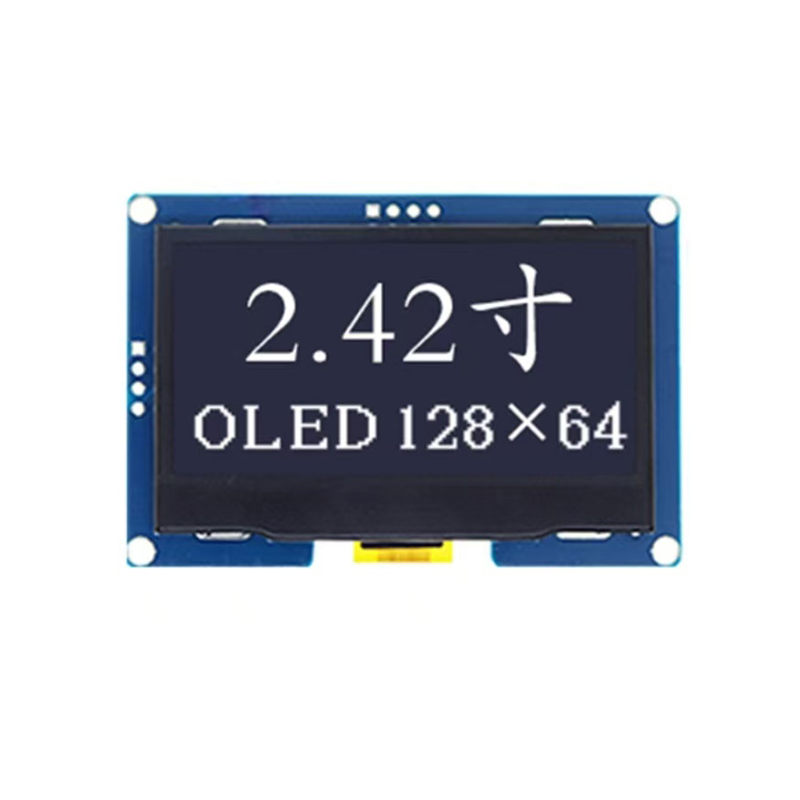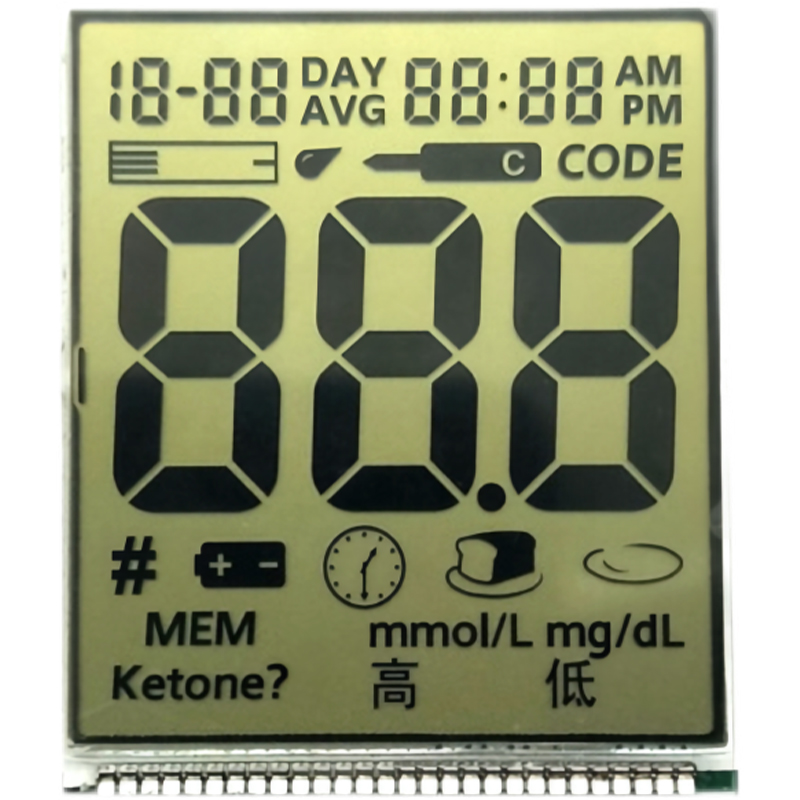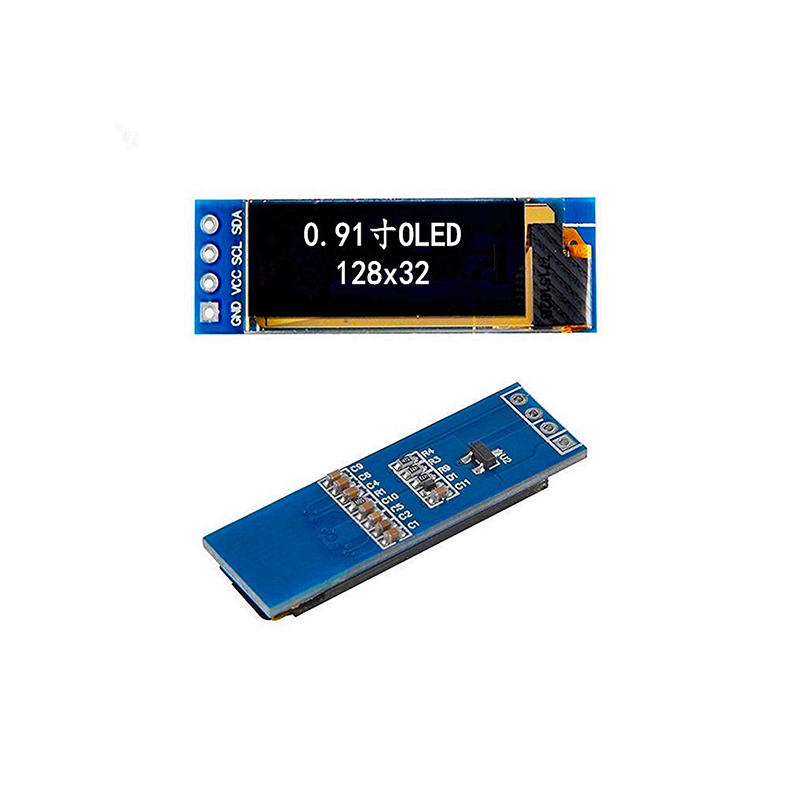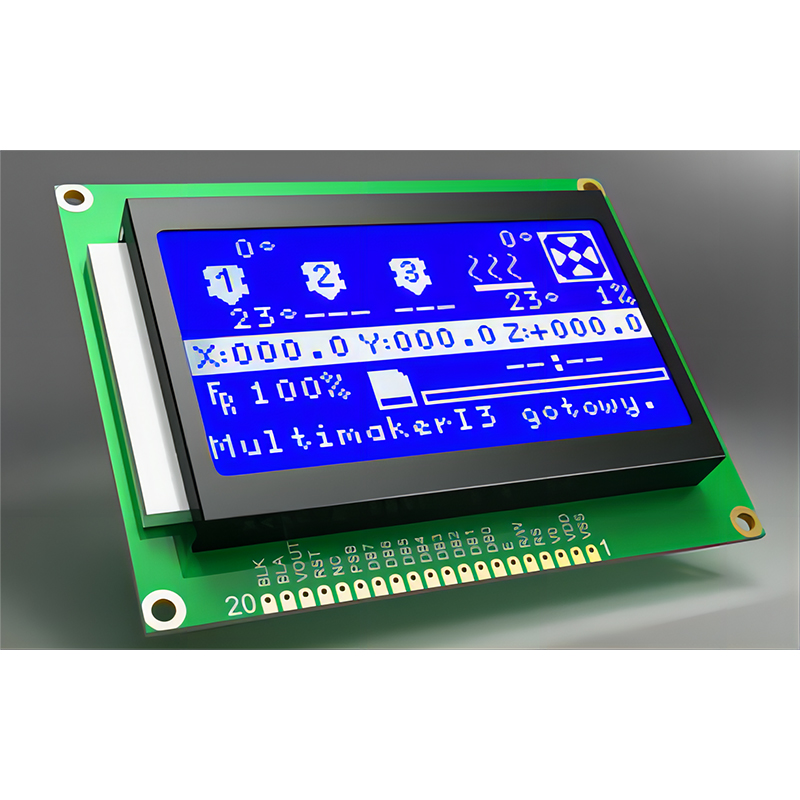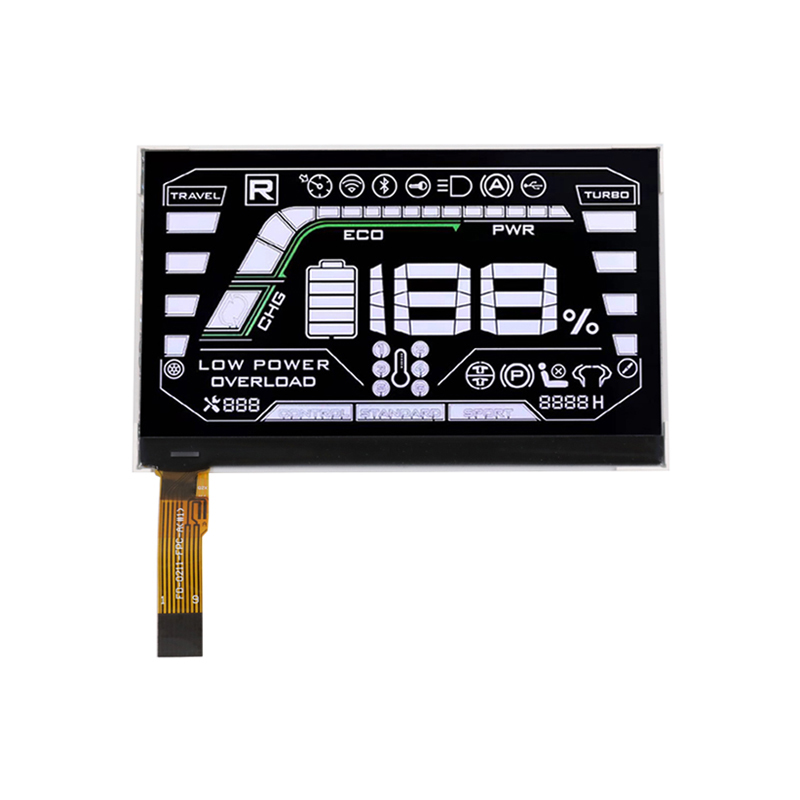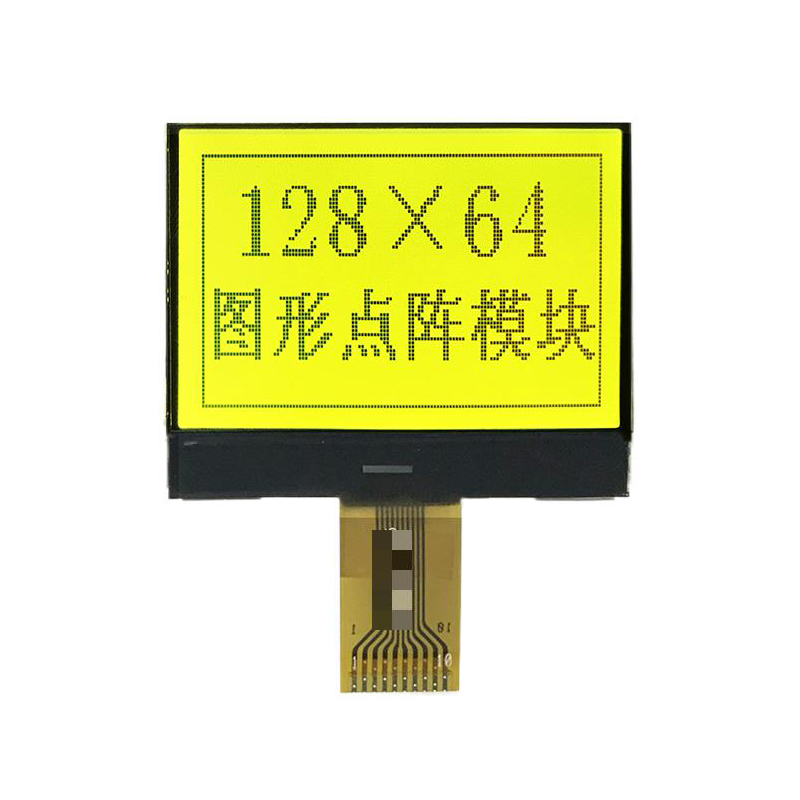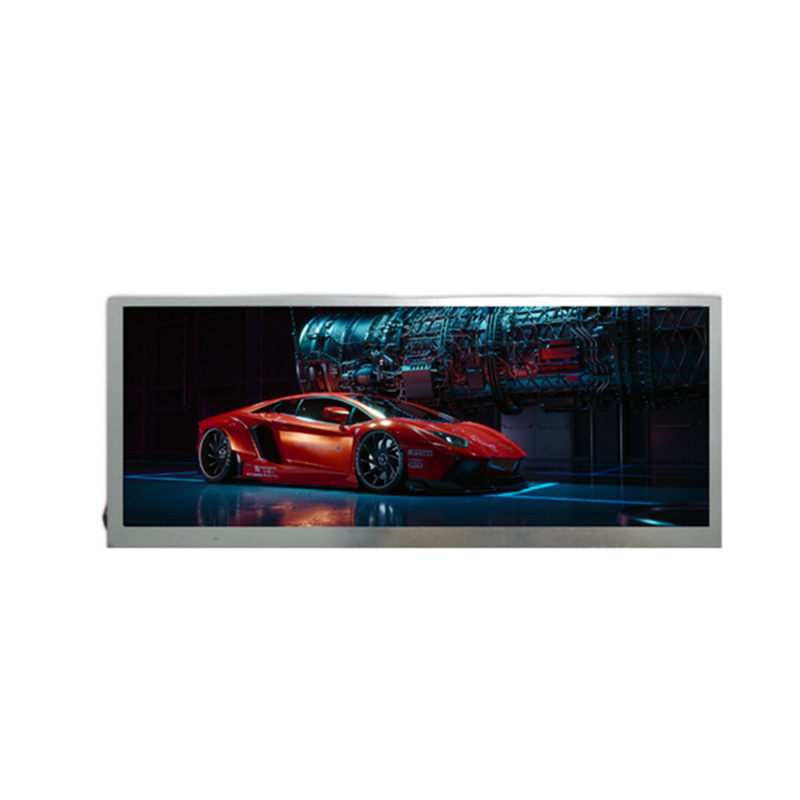
This guide provides a thorough overview of dot matrix display programming, covering everything from fundamental concepts to advanced techniques. We'll explore various display types, programming languages, and practical examples to help you effectively control and utilize these versatile displays. Learn how to interface with different microcontrollers and understand the key considerations for successful implementation.
Dot matrix displays come in various sizes and technologies. Common types include LED, LCD, and vacuum fluorescent displays (VFDs). Each has its own advantages and disadvantages regarding brightness, power consumption, and cost. LED displays are known for their brightness and wide viewing angles, while LCDs are generally more power-efficient. VFDs offer a unique aesthetic but are less common now. The choice depends heavily on your project's specific requirements. Selecting the right type is crucial for your dot matrix display programming project.
The resolution of a dot matrix display (the number of rows and columns of individual dots or pixels) dictates the complexity of images and text you can display. Understanding how the display is addressed (how you select individual pixels to turn on or off) is vital for effective dot matrix display programming. Common addressing methods include static and dynamic scanning. Static scanning is simpler but consumes more power, while dynamic scanning conserves power at the cost of increased complexity in your code.
The microcontroller you select plays a key role in dot matrix display programming. Popular choices include Arduino, ESP32, and various microcontrollers from manufacturers like STM32 and Microchip. Each offers different capabilities and resources, affecting the complexity of your program and the features you can implement. Consider factors such as memory, processing power, and available I/O pins when making your selection. The choice of microcontroller significantly impacts your dot matrix display programming workflow.
Several programming languages are suitable for dot matrix display programming. C and C++ are often preferred for their efficiency and direct hardware control. Arduino IDE, with its simplified syntax, is a popular choice for beginners. Many libraries are available to simplify the interaction with various display types, abstracting away low-level details and allowing you to focus on the application logic. Libraries are instrumental for efficient dot matrix display programming.
A basic example involves displaying simple text on a dot matrix display. This involves understanding character encoding (like ASCII) and mapping characters to the correct pixel patterns on the display. Many libraries provide functions for this purpose, simplifying the process. This foundational project is a great starting point for dot matrix display programming.
More advanced projects involve displaying animated images or scrolling text. This requires managing multiple frames of data and updating the display at regular intervals. Proper timing is critical for smooth animation. Understanding timing and frame buffering is essential in advanced dot matrix display programming. Efficiently managing these elements is key to creating engaging displays.
Troubleshooting is a crucial aspect of dot matrix display programming. Common problems include display malfunctions, incorrect character rendering, and timing issues. Systematic debugging techniques, using tools like oscilloscopes and logic analyzers, are often necessary for effective troubleshooting.
Optimizing code for performance is important, especially for resource-constrained microcontrollers. This can involve minimizing memory usage, optimizing loops, and using efficient data structures. Careful consideration of these aspects contributes significantly to the success of your dot matrix display programming efforts.
For further learning and exploration of dot matrix display programming, consider these resources:
Remember to always consult the datasheets for your chosen display and microcontroller. This will provide crucial specifications and technical information needed for successful dot matrix display programming.
For high-quality dot matrix displays, consider exploring the range offered by Dalian Eastern Display Co., Ltd.. They provide a variety of options for your projects.



